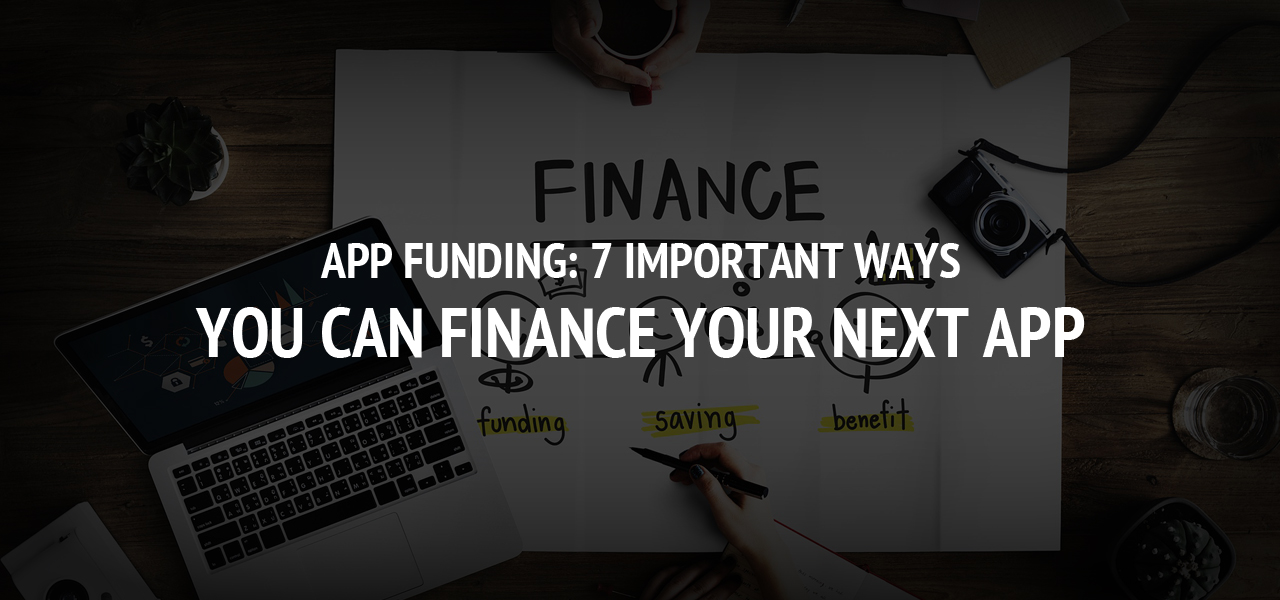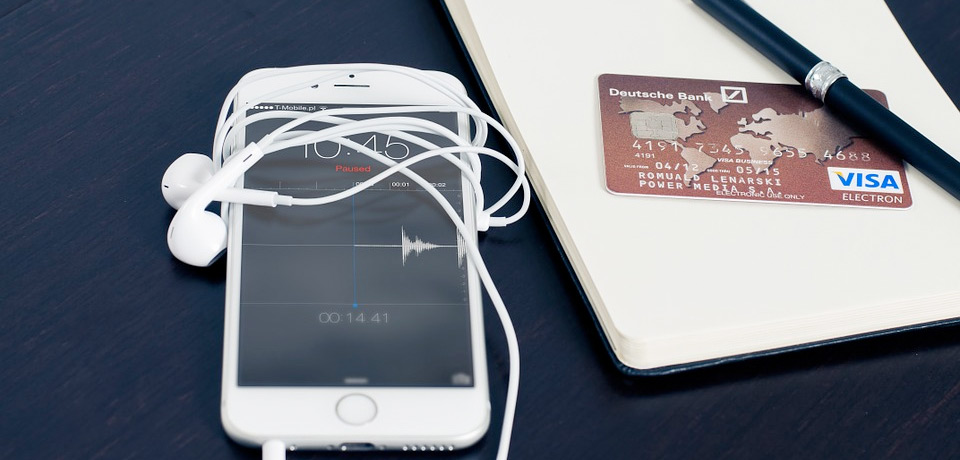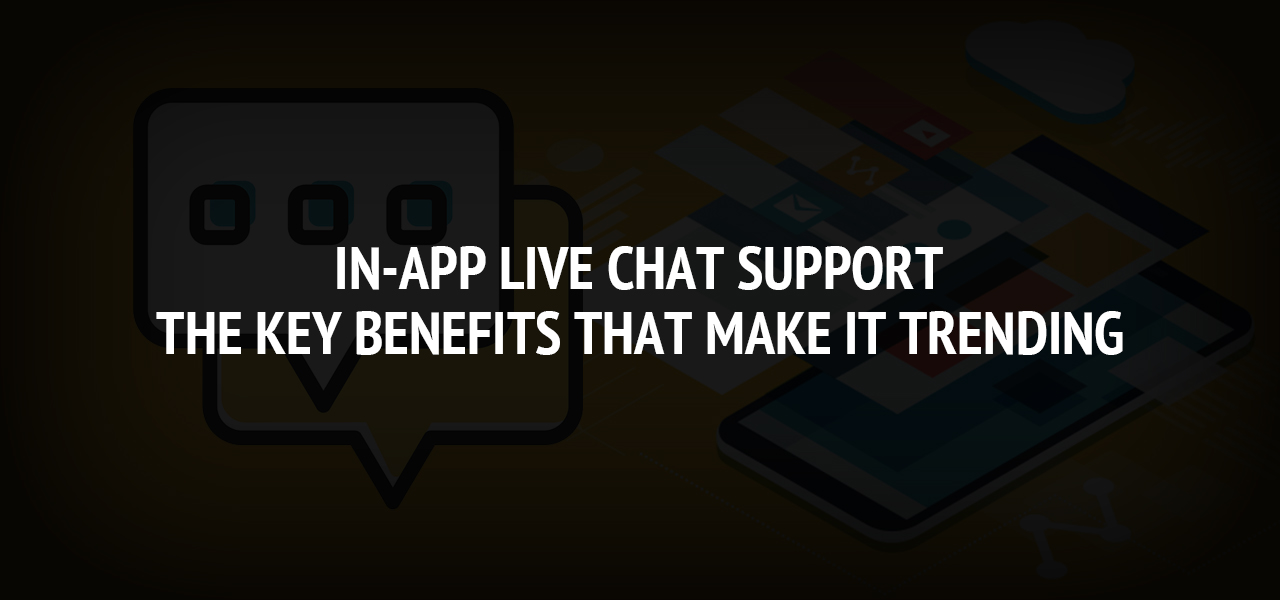App Funding: 7 Important Ways You Can Finance Your Next App

Do you have a great app idea in your head, but don't have the app funding you need? Here are 7 ways you can get the finance for your app idea.
Do you have a great idea for a new app?
That's great, but you should be aware of the risks involved. Less than 1 percent of app developers this year considered their app to be financially successful.
That doesn't mean that you shouldn't be prepared to take on the risk, it just means you need to take the right risks, especially when it comes to funding your app development.
If you're not sure how to get the right kind of app funding, then keep reading. Here are 7 of the best ways you can finance your app development.
What do you do if you don't have the resources to finance and fund your app from development to launch? With the risks so great, the first thing you should consider doing is bootstrapping your development.
Bootstrapping is all about working within the resources you already have available to you. That means working overtime in your existing job, using your savings, or any other finance you currently have to fund your app.
The best way to lower costs this way is to develop the app yourself. You can then use what funds you do have for other important parts of your app launch, such as marketing or graphics.
If you're bootstrapping your app development, you'll need to consider how you can recoup your costs from your app. Here are 5 ways you can monetize your app once it's ready to launch.
Speak to Your Network
If bootstrapping isn't going to get you the finance you need, you need to know how to get funding for an app startup another way. Start by looking at your network of friends, family, and colleagues.

See if your friends and loved ones are prepared to invest in your idea, but be careful not to be too optimistic about the returns. Remember the risk, but you'll need to sell your idea well to get the funding you need.
A good way to help sell your idea will be to have a business plan ready to present. You want to show that you have plans for the money, and it isn't just going to be a risk.
The investment here could be in the form of a percentage of your app's returns, as a percentage stake in any business you set up for your app, or in the form of a loan which you pay back later.
Obtain Bank Loans
Your family and friends aren't the only places to consider getting a loan. If you need some funds for your initial app startup costs, a business bank loan might be a good option.
Again, to obtain a loan like this, you will need to do your research and have a thought-out business plan ready to present to a bank manager that can show how you intend to take your app from idea to profit.
Be prepared for scrutiny. A bank is unlikely to fund your app idea unless you can show you have a reasonable chance of success.
Consider an SBA Loan
If you're unsure or unable to take out a traditional bank loan, you may have more success by applying for an SBA loan.
These are bank loans that are backed by the US Small Business Administration. SBA loans are more attractive loans for banks to lend because the SBA guarantees the loan.
That means that if you failed to pay back the loan, the SBA will take on the risk and pay some of it back for you.
As not every business is a success, the risk element is reduced for the banks, so a non-traditional business idea (such as an app business) is more likely to be successful in an SBA loan application.
Use Credit Cards
You should consider other forms of credit if you're struggling to get a bank loan or other types of finance but consider them carefully, as you won't have favorable rates of interest. One option for you would be to use credit cards.

This shouldn't be considered as a long-term finance option, but if you need finance quickly for certain startup costs, you could use a credit card to fund them.
It might also help you obtain other forms of credit. You might not be able to get finance until you can demonstrate a product. If a credit card can help you build an MVP, you may then be able to get a bank loan or other funding later.
Before you take out a credit card, you should find one with a reasonable interest rate and good benefits for using it, like the BMO Rewards MasterCard.
Seek out Seed Funding
Do you have an idea that's unique and stands out against your competitors?
You should consider whether you can achieve seed funding. This is where you invite investors to invest in your app idea, usually for a percentage stake of a company you set up.
Seed investing takes place very early on, so app investors will expect your app itself to be incomplete, but you may wish to develop or mock up an MVP to help sell your idea.
After all, you want to prove that you're serious about the idea and actually have the skills and processes in place to create it.
Consider Crowdfunding
An alternative to seed funding, especially if you have an app idea you can market already, is to consider setting up a crowdfunding campaign.

Rather than one or two investors with a lot of cash, you get lots of small investors who are willing to donate to your campaign and fund an app you're looking to create.
You might not be offering a small percentage of your company in return, but you could offer early access or promotional materials for their investment instead.
One potential downside to this type of funding is that crowdfunding sites typically take a small cut of the overall campaign investment as an administration cost.
Obtain the Right App Funding for Your Idea
It's easy to avoid taking any risks, but that doesn't lead to big rewards. Equally, however, it's important to take on the right risks, and that's why you should consider what app funding is affordable for you.
If you've never built an app before, don't risk anybody else's money, and don't risk what you can't afford. If you've got the skills, bootstrap it by using your own funds and your own time.
Otherwise, look at your options from bank loans or loans from family or friends, or through other forms of funding, like crowdfunding and seed funding.
Check out some of our other articles for more app development ideas.
About The Author
Related Blog
View All-
10 Apps That Educate Your Kid with Entertainment
Getting your kids to enjoy their studies is harder than you think. Let’s face it, kids these days are tired of plain old rote learning. Well, who can blame them? The prospect of reciting everything over and over again doesn’t seem like an attractive ...
-
In-App Live Chat Support: The Key Benefits that Make It Trending
Customer service always plays an elementary role in helping a business to stay competitive and loved by the audience. But providing round the clock customer service and quality support can really be challenging and expensive. Live chat support within an app can ...







